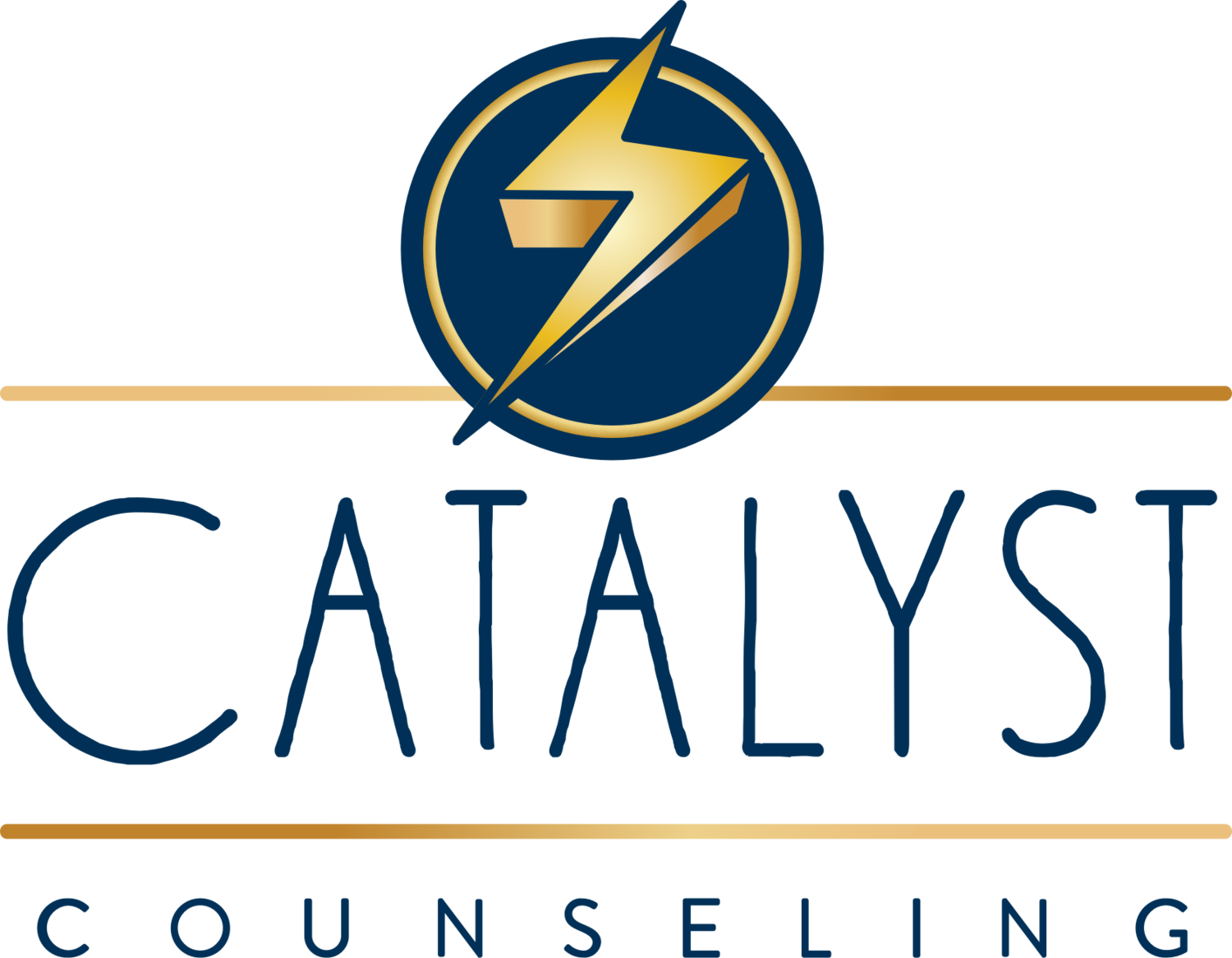What Is Complex PTSD And Who Does It Impact?
Most people have a basic understanding of PTSD and trauma, in general. However, complex PTSD (CPTSD) is often lesser-known, but perhaps even more difficult to deal with.
Complex PTSD occurs when someone has some (or all) of the symptoms of Post-Traumatic Stress Disorder but also exhibits additional symptoms. That typically includes difficulty controlling their emotions.
If you have CPTSD, you might have a hard time trusting people. You might have a negative view of the world, and feelings of deep anger or fear.
Obviously, these symptoms and emotions can negatively impact your life. CPTSD can affect your relationships, your career, and even the way you see yourself.
Let’s take a closer look at what CPTSD really is, and who is most likely to be affected by it.
What Causes Complex PTSD?
Complex PTSD is often caused by ongoing trauma. Things like childhood abuse or neglect, abandonment, or ongoing domestic violence are all possible causes. These are events that happen over and over again, and can deeply impact the way you see yourself, others, and the world.
“Traditional” PTSD typically refers to something that happened once or something that was never ongoing. Because those who experience CPTSD have had to go through traumatic events over and over, the symptoms become more complicated.
What Are the Symptoms?
On the surface, you might not immediately recognize the differences between PTSD and CPTSD. People who experience one or the other can deal with symptoms like:
Flashbacks
Nightmares
Heightened reactions
Anxiety
Depression
However, complex PTSD can also make it difficult to control how you’re feeling. You might experience additional symptoms, including:
Anger toward the world
Distrust
Feeling worthless or damaged
Social isolation
Dissociative symptoms
CPTSD can even cause physical symptoms to manifest, including headaches, stomach issues, and dizziness.
Who Does Complex PTSD Impact?
Anyone can experience CPTSD if they’ve been exposed to trauma over and over. However, some people might be at a greater risk of developing it if they experienced trauma at an early age or if they were harmed by someone they should have been able to trust.
Unfortunately, so many people who are dealing with CPTSD try to run away from it. Because so many cases are rooted in childhood and young adulthood, it’s not uncommon for those suffering to try to “hide” their symptoms and even repress those memories. However, they always come forward, and symptoms are nearly impossible to ignore.
How to Treat CPTSD
The first step in treating complex PTSD is to get an official diagnosis. This is a condition that is often misdiagnosed because not all professionals are aware of its complicated nature. If you’re struggling with the symptoms listed above and you’ve experienced long-lasting trauma, be sure to work with a professional who understands CPTSD and how to effectively treat it.
Often, standard therapy treatments for PTSD can also help someone with CPTSD. But, it might take longer to recover, and the support you receive might need to be more intensive.
It’s also important to practice self-care and to lean on a support system as you’re going through treatment for CPTSD. While it’s not always easy to let people in, especially if you’ve been struggling with guilt or shame over your trauma, it’s necessary to surround yourself with that kind of support.
You don’t need to let complex PTSD control your life forever. You are more than what you’ve experienced. If you’re ready to break free from the chains of trauma, reaching out for help is often the hardest step. Feel free to contact us for more information or to set up an appointment as soon as possible. for trauma therapy.




